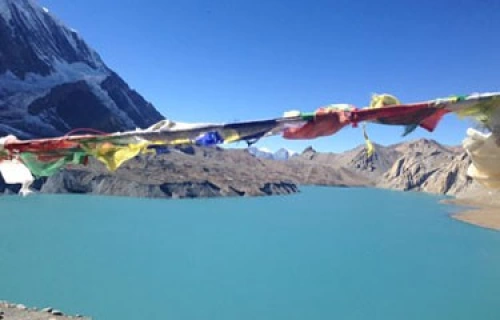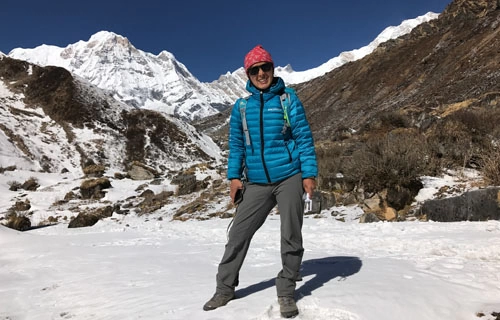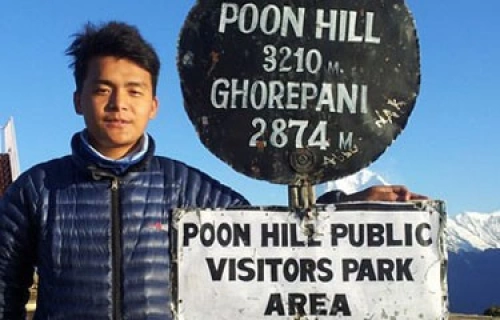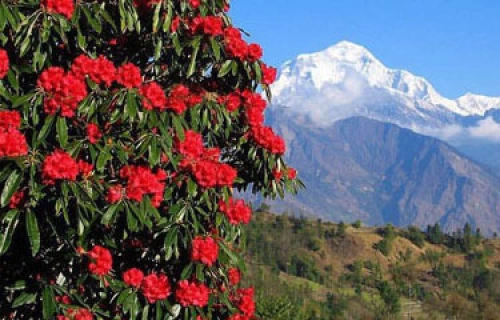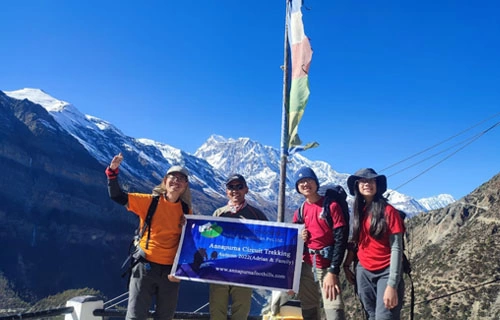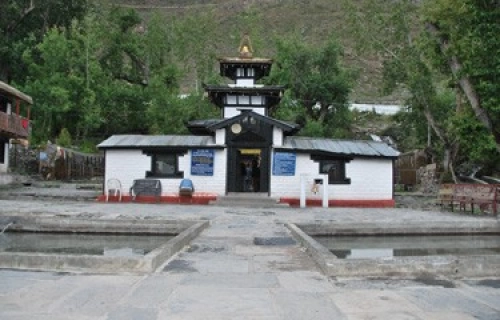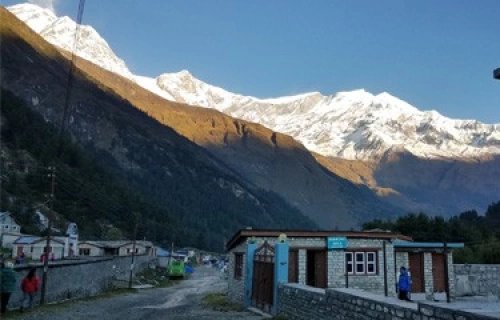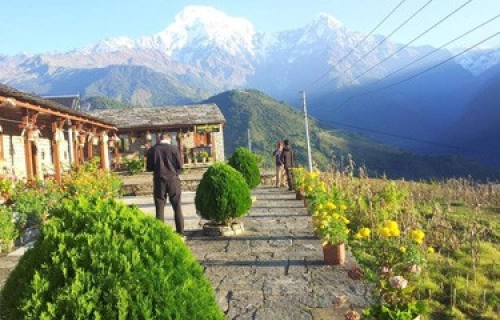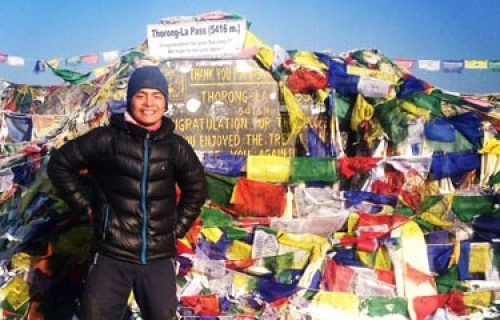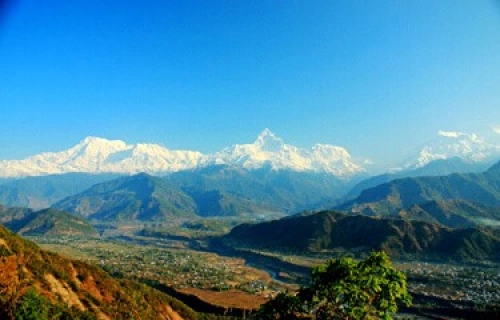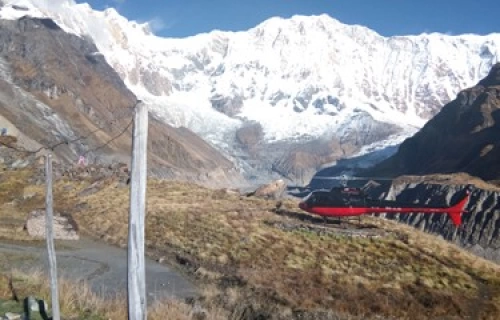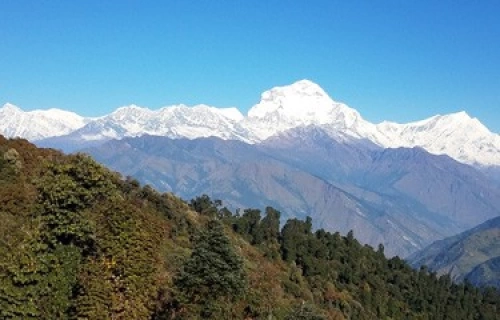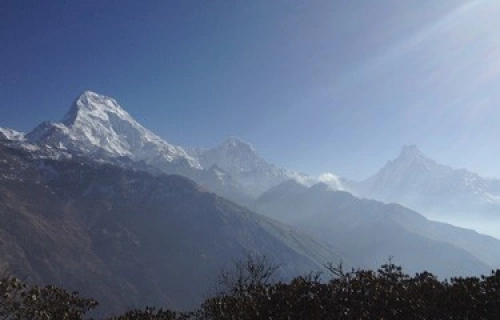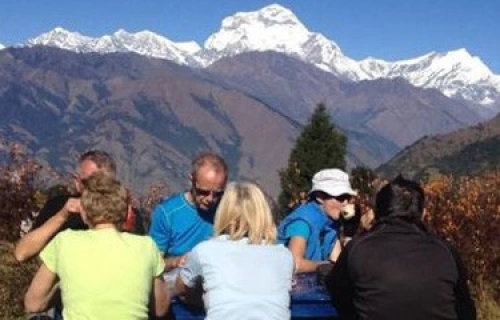Trekking in Annapurna Region is regarded as a paradise for trekkers. No place in the world compares with the natural and cultural diversity and beauty of the Annapurna Region. The Annapurna Massif stands like an icy, 40km-long wall to the north of Pokhara in the central Nepal. Nine peaks of over 7000 meters, project from the massif, the tallest being Annapurna I, 8091m.
It’s a region of stunning diversity, ranging from the dripping, subtropical, bamboo jungles of the south to the dry, barren, windswept deserts of the north. As the elevation increases, mud houses surrounded by terraced fields are replaced by stone houses and pasture land. Mixed caste Hindus inhabit the south, whereas the hill tribes in the north are mainly Tibetan-Buddhist.
The Annapurna region is bordered by Kali Gandaki River to the west and Marshyangdi valley to the east. To the south is the Pokhara Valley while to the north, the trans-Himalayan range marks the Nepal-Tibet border.
The two major trails into the region follows the two river valleys; one leads up the Kali Gandaki to Jomsom and Muktinath, and the other follows the Marsyangdi Valley to Manang. These trails are connected by an east-west trail in the north which crosses the high pass, Thorung La. Join these trails, and you have the popular Annapurna Circuit Trekking.
Treks in the Annapurna Region are relatively accessible with easy transportation to trailheads close to Pokhara. Spectacular mountain views begin within a day’s walk, which means, short treks in the region are also an option. The magnificent scenery includes endless views of mountain such as Fishtail, Annapurna, Nilgiri, Gangapurna and Lamjung Himal.
Pokhara is a good place to start a trek and a relaxing place to end one. Besides the comfortable hotels and restaurants around lakeside, there are souvenir shops and shops that rent or sell trekking equipment.
Annapurna Conservation Area Project (ACAP) is a government organization to promote sustainable tourism in the region. The popular trekking routes are well facilitated with comfortable guesthouses. Thanks to ACAP, there are water filters, eliminating the waste from bottled water. Solar heating and gas cooking have replaced wood fires and reduced the rate of deforestation.
